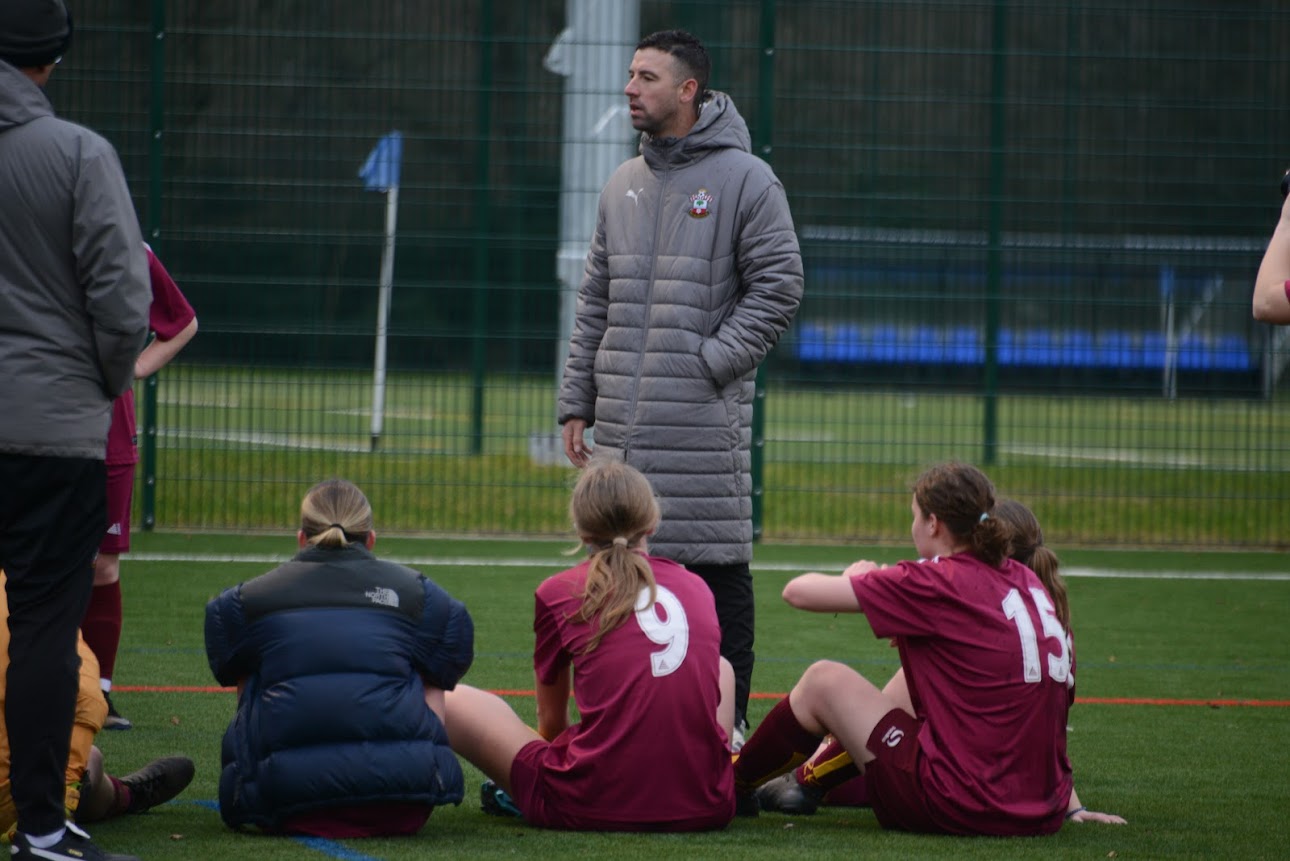Why We Use Small-Sided Games to Develop Better Players
- Dave Rimmer
- Mar 6
- 3 min read

At DNA Girls Football, we build our sessions around one key principle, getting players as many meaningful touches on the ball as possible. That’s why small-sided games are at the heart of everything we do. If you’ve ever watched a group of young players training, you’ll quickly notice that the ones who are most engaged, making the most decisions, and improving the fastest are the ones constantly involved in the action. This is exactly what small-sided games provide: more involvement, more learning, and ultimately, better footballers.
More Touches, More Learning
One of the biggest advantages of small-sided games is the sheer number of touches each player gets compared to full size matches. Think about an 11-a-side game.
How long does each player actually have the ball at their feet?
If a player only touches the ball a handful of times in a match, how much are they really developing?
In contrast, when you shrink the game down 4v4, 5v5, or even 7v7 every player is constantly involved. They’re receiving the ball more often, making more passes, taking more shots, and learning how to handle pressure in tight spaces.
As a coach, this is exactly what we want. We don’t just want our players to be spectators, watching the game unfold around them. We want them actively participating, making decisions, and improving every time they step on the pitch.
Are your current training sessions providing enough of these opportunities?
If players are spending long periods without touching the ball, are they really developing at the rate they should be?
Quicker Decision Making and Better Awareness
Football is a game of decisions, and the best players are the ones who can make the right choices under pressure. Small-sided games force players to think fast. With fewer teammates and less space to work with, they must constantly scan the field, adjust their positioning, and react in real time. This naturally improves their football intelligence, helping them understand when to pass, when to dribble, and when to create space all in a fast-paced, game-like environment.
In larger games, players can sometimes "hide" or avoid involvement, especially if they lack confidence. But in small-sided games, there's no place to disappear. Every player is required to stay switched on, stay involved, and contribute. This means that even those who might be hesitant in full sized games get more opportunities to build confidence and skill.
More Goals, More Excitement, More Fun
Let’s be honest, football is fun when you’re involved.
What’s more enjoyable for a young player: standing as a full-back in an 11v11 game where they might only touch the ball a few times, or playing in a 4v4 game where they’re getting chance after chance to attack, defend, and score goals?
Small-sided games create an environment where goals happen frequently, players get more opportunities to express themselves, and everyone is engaged in the action. The more a player enjoys their training, the more motivated they are to push themselves, develop their skills, and fall in love with the game.
If you’re coaching or watching training sessions, how often do you see players standing around waiting for their turn?
How much of the session is actually spent playing football versus listening to instructions or setting up practices?
Training should be active, high-energy, and game related, exactly what small-sided games provide.
Real Match Situations in a Controlled Setting
Another major reason we focus so much on small-sided games is that they replicate real match situations in a way that’s far more effective than isolated drills. Passing patterns, 1v1 duels, counter-attacks, pressing, all of these key aspects of the game naturally emerge when you create the right small-sided environment.
But unlike full-sized games, coaches have more opportunities to offer feedback, adjust conditions, and focus on specific areas of development.
Need to improve defensive compactness?
Play 5v3 overloads.
These adaptations allow us to fine tune player development in a way that traditional match play simply can’t.
Are Small-Sided Games Being Used Enough?
Despite all these benefits, many training sessions still rely too heavily on large-sided games or practices that don’t maximise player involvement.
Are we really giving young players enough opportunities to develop their skills under real pressure?
Are they getting enough decision-making moments in training, or are they simply running through structured drills without true game like scenarios?
At DNA Girls football, we believe small-sided games are the key to developing confident, skilled, and intelligent footballers. They provide more touches, faster decision making, more fun, and a better understanding of the game all in an environment where every player is fully involved.
Find out more about our next Girls Development Camp in Poole starting on the 20th March









Comments